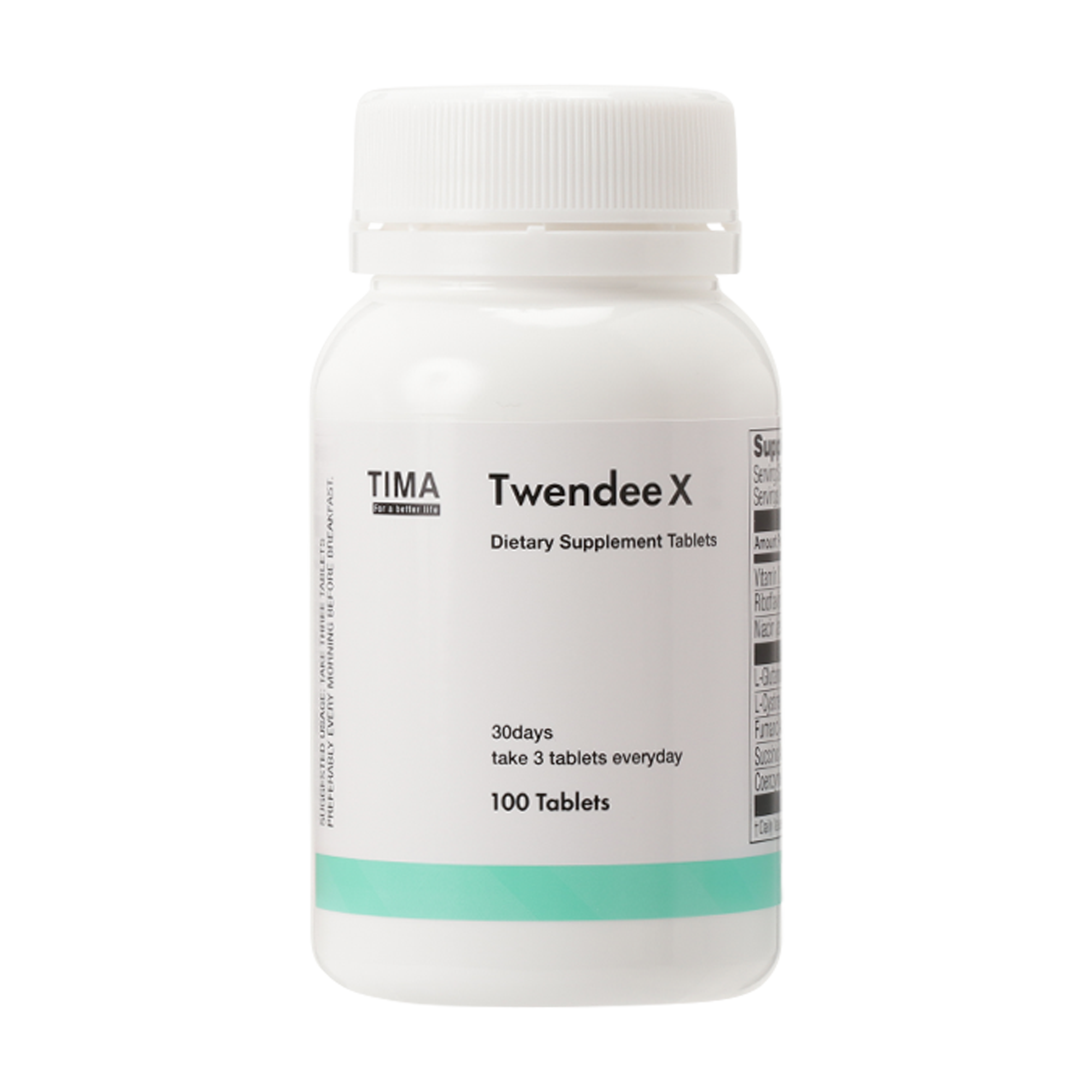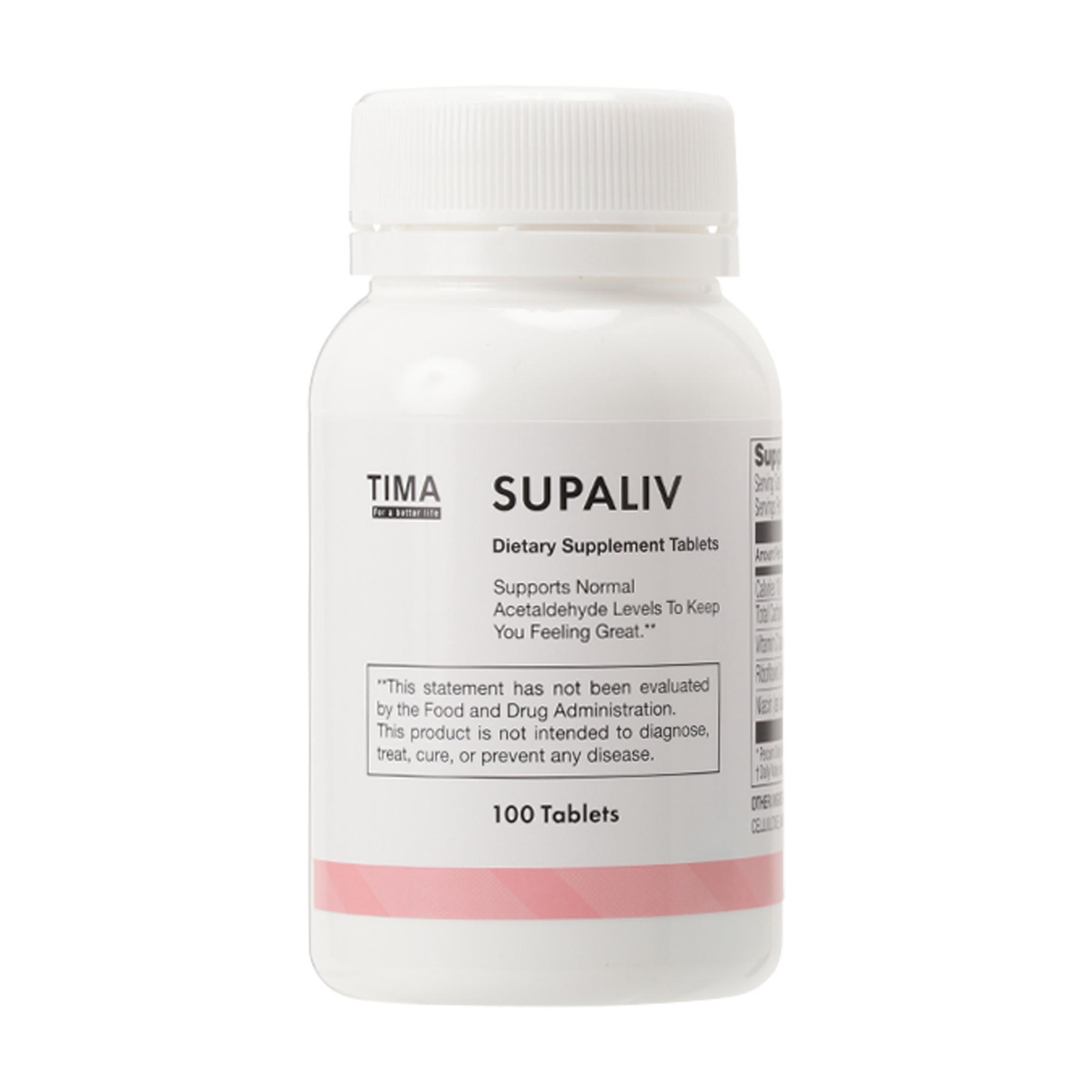Thesis on Oxidative Stress and "heart failure"
- Paper title
- Age‐associated increases in oxidative stress and antioxidant enzyme activities in cardiac interfibrillar mitochondria: implications for the mitochondrial theory of aging
- Abstract summary
- The accumulation of oxidant-induced damage in interfibrillar mitochondria may be a major contributing factor to age-related alterations in myocardial function.
- Authors
- Sharon Judge, Y. Jang, Anthony R. W. Smith, T. Hagen, C. Leeuwenburgh
- Journal
- The FASEB Journal
- Semantic Scholar URL
- https://semanticscholar.org/paper/71e6e20af72979e9f15430b713415003cf01198d
- Abstract
-
Mitochondrial dysfunction and the accumulation of oxidative damage to macromolecules are believed to play key roles in the aging process. Characterization of age‐related changes to cardiac mitochondria has been complicated by the fact that two distinct populations of mitochondria exist in the myocardium: subsarcolemmal mitochondria (SSM) and interfibrillar mitochondria (IFM). We investigated whether differences in hydrogen peroxide production (H2O2) and oxidative stress existed between cardiac SSM and IFM isolated from young (6 mo) and old (24 mo) male Fischer‐344 rats. There was a significant increase in oxidative stress levels (4‐hydroxy‐2‐nonenal‐modified proteins, protein carbonyls, and malondialdehyde) in IFM with age. In contrast, only protein carbonyls were elevated in SSM with age. Significant age‐related increases in MnSOD, GPX, and CAT activities were detected in IFM, while in SSM, MnSOD, and GPX activities increased with age and CAT activity declined. These increases in antioxidant enzyme activity likely occurred in response to increased mitochondrial production of superoxide and hydrogen peroxide. Indeed, SSM produced more H2O2 with age, while the increase in IFM was not significant, but this may be due to the higher antioxidant enzyme activity observed in IFM compared with SSM. Finally, reduced glutathione levels were significantly lower in IFM compared with SSM in both young and old rats, while glutathione reductase activity was not different with age or mitochondrial subpopulations, indicating increased consumption of glutathione. The accumulation of oxidant‐induced damage in IFM may be a major contributing factor to the age‐related alterations in myocardial function. Our results emphasize the importance of studying both mitochondrial populations when attempting to elucidate the contribution of mitochondrial dysfunction to myocardial aging.








